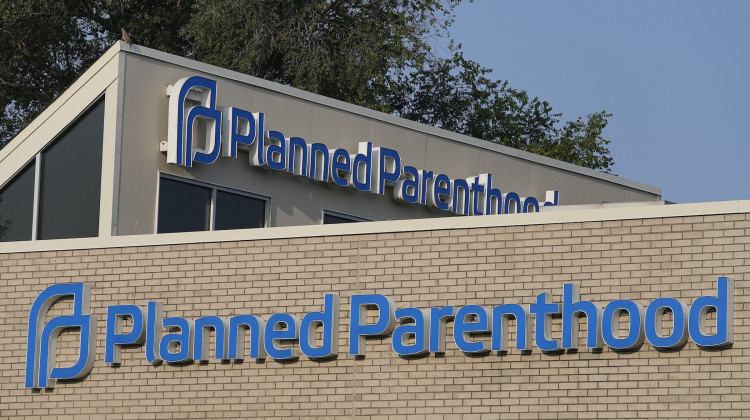
Untreated mental illness cost Indiana more than $4 billion in 2019. Mental health staffing shortages play a role in that, according to Indiana University researchers who published a new guide with recommendations to address the issue.
PexelsOver 1 million adults in Indiana have a mental health condition, and 345,000 of adults who need mental health care don’t receive it. Statistics are also bleak for children. Suicide is the leading cause of death among adolescents in the state and 54% of Indiana kids aged 12–17 who have depression did not receive any care in the last year.
Untreated mental illness cost Indiana more than $4 billion in 2019. Mental health staffing shortages play a role in that, according to Indiana University researchers who published a new guide with recommendations to address the issue.
The report authors made four main suggestions for addressing the shortage of mental health providers — secure the pipeline; strengthen clinical training to practice; align education, policy and practice, and research and expand the school-based behavioral health workforce.
The report also created multiple dashboards that show an inventory of degree programs and regulations, the number of graduates from degree programs and the behavioral health workforce in each county.
As of 2024, all 92 Indiana counties have been federally designated as areas with mental health workforce shortages. Marion and Lake County are doing slightly better than others, and only have shortages in certain pockets of their county. But there are still barriers to serving people.
“Not all of our workforce provides services to Medicaid beneficiaries,” said Hannah Maxey, lead author of the report and director of Indiana University’s Bowen Center for Health Workforce Research and Policy. “So even in a county where we might have seemingly enough professionals, that doesn't mean that they're available for the full population.”
The report also pointed to the state’s post-secondary pipeline, which isn’t leading enough students to pursue degrees in mental health.
And students who are pursuing those degrees often find little support at community organizations and rural areas. That includes fewer degree programs, less workforce development and fewer clinical training partnerships and opportunities for students to go to rural communities and learn how to serve different groups of people.
“We know that students — where they go, where they train — they're more likely to see themselves practicing and more likely to go back to and stay [in those areas],” Maxey said. “[If] we aren't training folks in those communities, it's challenging to expect them to go back.”
Potential solutions
The report suggests expanding clinical training partnerships. Maxey pointed that some higher education institutions are already looking into those changes.
The Christian Theological Seminary recently started a master's program for clinical counseling, and established a community-based mental health clinic where students can train during their degree program. It allows graduates to complete their two-years of residency at the clinic instead of leaving postgraduate students to find supervisors on their own.
The recommendations also include having a new position on the state’s Behavioral Health and Human Services board that will support education alignment and review applications, curriculums and transcripts.
Maxey also said the Indiana Department of Education will soon announce a survey to school-based state-licensed behavioral health professionals to help with an initial assessment. The goal is to present a brief during the 2025 legislative session about the mental health workforce needs in schools.
To some extent, the state professional licensing agency, higher education institutions and mental health providers will have to work in unison to make these changes, Maxey said. But a crucial piece to this puzzle is funding.
State legislators have made strides in recent years to address mental health concerns by passing SB 1 last year — a law that established the 988 crisis response hotline and aimed to provide community mental health centers with more resources. HB 1001, from that same year, appropriated roughly $100 million for those initiatives. But that funding was roughly a third of what the Indiana Behavioral Health Commission suggested.
It’s unclear how much support this topic will receive heading into the 2025 legislative budget session. But Heather Taylor, lead researcher on a study that determined the cost of untreated mental health in Indiana, said she remains hopeful.
“[State legislators] know there's an issue, and they're systematically trying to see what's the next step we need to do, given we have these findings about the cost,” Taylor said. “And I think, personally speaking, that addressing the workforce shortage is one of the very first steps we have to do to start reducing the burden of untreated mental illness in our state.”
Contact WFYI’s health reporter Elizabeth Gabriel at egabriel@wfyi.org.
Side Effects Public Media is a health reporting collaboration based at WFYI in Indianapolis. We partner with NPR stations across the Midwest and surrounding areas — including KBIA and KCUR in Missouri, Iowa Public Radio, Ideastream in Ohio and WFPL in Kentucky.
 DONATE
DONATE






 Support WFYI. We can't do it without you.
Support WFYI. We can't do it without you.